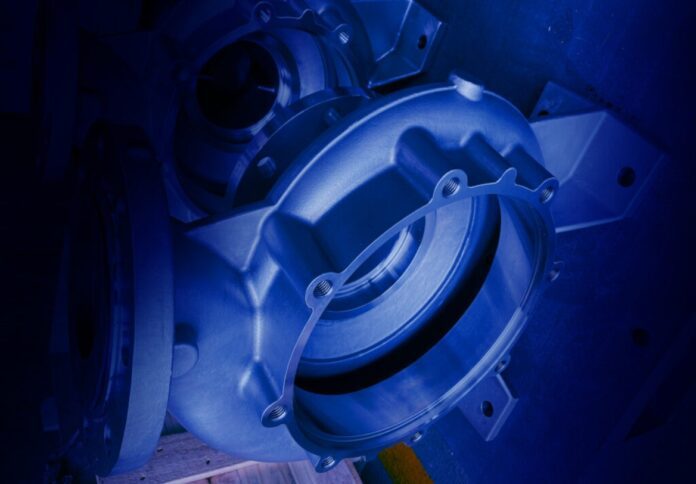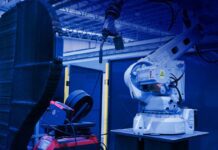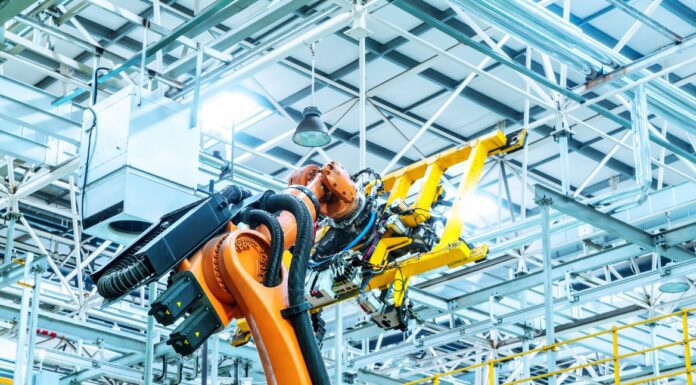
In the advanced manufacturing industry, a breakthrough in material science is poised to revolutionise the landscape of tough applications.
Researchers at the School of Mechanical & Mining Engineering at the University of Queensland and The School of Electrical and Mechanical Engineering at the University of Adelaide, in collaboration with AML3D’s Chief Technology Officer Andy Sales, have uncovered insights into the capabilities of Wire Additive Manufacturing (WAM) in producing Super Duplex Stainless Steel (SDSS) components.
The fatigue properties of SDSS, a steel alloy known for its exceptional strength and corrosion resistance, were put to the test under rigorous examination using the innovative WAM technique.
This method, which involves layer-by-layer metal deposition, showcased the potential to fabricate robust structures with unprecedented durability.
The research, focused on assessing Fatigue Crack Growth (FCG) characteristics, yielded promising results.
Key findings revealed that the fatigue properties of SDSS, manufactured via WAM, exhibited remarkable isotropic behaviour, meaning similar performance was observed in both longitudinal and transverse directions relative to the deposition direction.
Furthermore, the study shed light on the influence of manufacturing parameters on crack growth behaviour. Residual stresses induced during the rapid cooling process inherent to WAM were identified as a significant factor affecting crack growth dynamics.
Understanding these nuances opens avenues for optimizing component design and fabrication processes to enhance fatigue resistance and longevity.
The implications of these findings extend far beyond the realm of academia. With the potential to mitigate fatigue-related failures in critical applications, such as marine and offshore structures, the utilization of WAM-fabricated SDSS components heralds a new era of innovation in engineering and construction.
Although additional research is necessary to confirm these findings under various printing conditions, the foundation established by this study highlights the significant potential of SDSS to enhance the strength and effectiveness of structural materials.




















